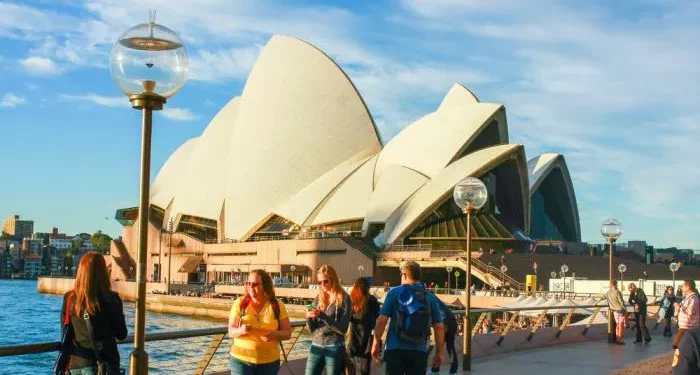Australia has long been a melting pot of cultures, with immigrants arriving from all corners of the globe, each group adding unique hues to its social fabric. In this article, we will explore what immigrants are in Australia.
Asian Immigrant Communities
Chinese Diaspora
The Chinese form a substantial immigrant group, drawn by education and business prospects. Many Chinese students flock to Australian universities, majoring in fields like engineering and commerce. After graduation, some stay on, contributing to the tech and finance sectors. In cities like Sydney and Melbourne, vibrant Chinatowns bustle with activity, replete with traditional restaurants, markets, and cultural centers, preserving their heritage.
Indian Subcontinent Migrants
Indians have made their mark in Australia, especially in IT. Skilled professionals fill crucial roles in software development firms across the country. Additionally, the healthcare industry benefits from Indian doctors and nurses. Families also migrate, establishing temples and community centers, celebrating festivals like Diwali with great pomp, integrating their rich cultural traditions into the Australian way of life.
European Immigrant Heritage
British and Irish Roots
Given Australia’s colonial past, the British and Irish have deep-seated ties. Early settlers laid the foundation of Australian society, with their language, legal systems, and cultural norms. Even today, many Brits and Irish come for work or to retire, drawn by the familiar language and lifestyle, while also infusing new ideas in arts, literature, and academia.
Mediterranean Influences
Italians and Greeks brought their zest for life. Italian immigrants introduced their culinary expertise, with vineyards dotting regions like the Barossa Valley, producing world-class wines. Greek communities established fishing enterprises and tavernas, their festivals like Glendi filling the air with music, dance, and the aroma of Mediterranean cuisine, diversifying Australia’s gastronomic landscape.
African and Middle Eastern Newcomers
African Immigrants
Nigerians, Kenyans, and South Africans have found a niche in Australia. Nigerians contribute to the creative arts and fashion industries, while Kenyans, with their strong educational backgrounds, enter fields like education and research. African music and dance festivals are gaining popularity, showcasing their vibrant cultures.
Middle Eastern Communities
Lebanese and Syrians have rebuilt their lives post-conflict. They’ve opened successful businesses, from trendy cafes to fashion boutiques. Mosques stand as symbols of their faith, and events during Ramadan bring the community together, sharing their rich traditions of hospitality and cuisine with Australians.
Refugee and Humanitarian Entrants
Burmese and Afghan Refugees
Burmese refugees, fleeing persecution, have resettled, often in regional areas, working in agriculture and manufacturing. Their children thrive in Australian schools, gradually assimilating while retaining cultural pride. Afghan refugees, too, have sought asylum, bringing with them skills in carpet weaving and handicrafts, adding to Australia’s artisanal diversity.
Conclusion
Australia’s immigrant population is a rich mosaic of cultures, skills, and traditions. Each group, whether arriving for economic opportunities, education, or as refugees, has indelibly shaped the nation. They’ve not only filled labor gaps in various industries but have also enlivened its cultural scene, making Australia a more vibrant and inclusive place.
As the country continues to welcome newcomers, it must strive to further support their integration, ensuring that the contributions of all immigrants are fully harnessed for the collective good, and that their diverse heritages are celebrated and preserved. This ongoing process of immigration and assimilation will doubtless continue to define Australia’s unique identity in the years to come.
Related Topics:




















